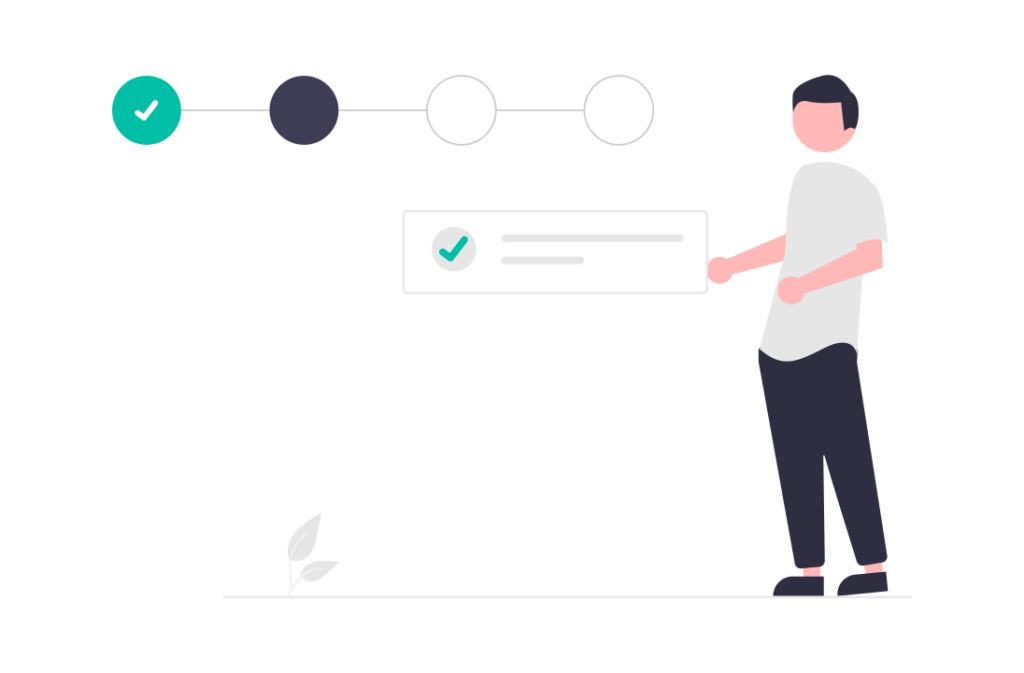Flipbooks vs PDFs: Which is Better for Your Business?
In the ever-evolving digital landscape, businesses are constantly seeking more efficient and engaging ways to share information with their audiences. Two popular document formats that have emerged as go-to solutions are flipbooks and PDFs. But which one is better suited for your business needs? Let’s explore the key differences and identify the optimal choice.
The Rise of Flipbooks
Flipbooks, also known as digital publications or e-books, have gained significant traction in recent years. These interactive documents mimic the experience of flipping through physical pages, providing a more dynamic and immersive reading experience. Flipbooks often incorporate features like embedded videos, animations, and clickable links, making them highly engaging for the viewer.
One of the key advantages of flipbooks is their ability to capture attention and foster deeper engagement. By blending multimedia elements with a familiar page-turning interface, flipbooks can effectively convey your message and keep your audience captivated. This makes them an excellent choice for marketing collateral, product catalogs, and other content that requires a visually-appealing and interactive format.
The Versatility of PDFs
On the other hand, PDFs (Portable Document Format) have long been the go-to choice for many businesses. PDFs offer a wide range of benefits that make them a reliable and versatile option. Firstly, PDFs are widely recognized and compatible across various devices and platforms, ensuring seamless access and sharing. Additionally, PDFs provide robust security features, such as password protection and digital signatures, making them an ideal choice for confidential or sensitive documents.

One of the standout features of PDFs is their advanced editing capabilities. Tools like Fliplify allow users to effortlessly modify text, insert images, and even annotate PDFs, enabling efficient collaboration and streamlined document management workflows. This flexibility makes PDFs a popular choice for reports, proposals, and other business-critical documents that require frequent revisions and approvals.
Striking the Right Balance
Ultimately, the choice between flipbooks and PDFs depends on the specific needs and goals of your business. If your primary objective is to create an engaging, multimedia-rich experience for your audience, flipbooks may be the better option. However, if you prioritize security, versatility, and advanced editing capabilities, PDFs could be the more suitable choice.

Many businesses find the best approach is to leverage a combination of these formats, utilizing flipbooks for marketing and promotional content, while relying on PDFs for more formal, business-critical documents. Tools like Fliplify can further enhance this hybrid approach by providing a centralized platform for managing both flipbooks and PDFs, streamlining your document workflows and ensuring a cohesive brand experience.
Fliplify: The All-in-One PDF Solution
Fliplify is a comprehensive tool that empowers businesses to manage their PDF documents with ease. With its robust editing features, secure collaboration capabilities, and seamless integration with other productivity tools, Fliplify is the ideal solution for businesses looking to optimize their document management workflows.

In the dynamic world of business communication, understanding the strengths and weaknesses of flipbooks and PDFs can help you make an informed decision that aligns with your organization’s needs. By carefully considering your specific requirements, you can choose the format that will elevate your content, engage your audience, and drive success for your business. With the help of powerful tools like Fliplify, you can leverage the best of both worlds and achieve your document management goals.


